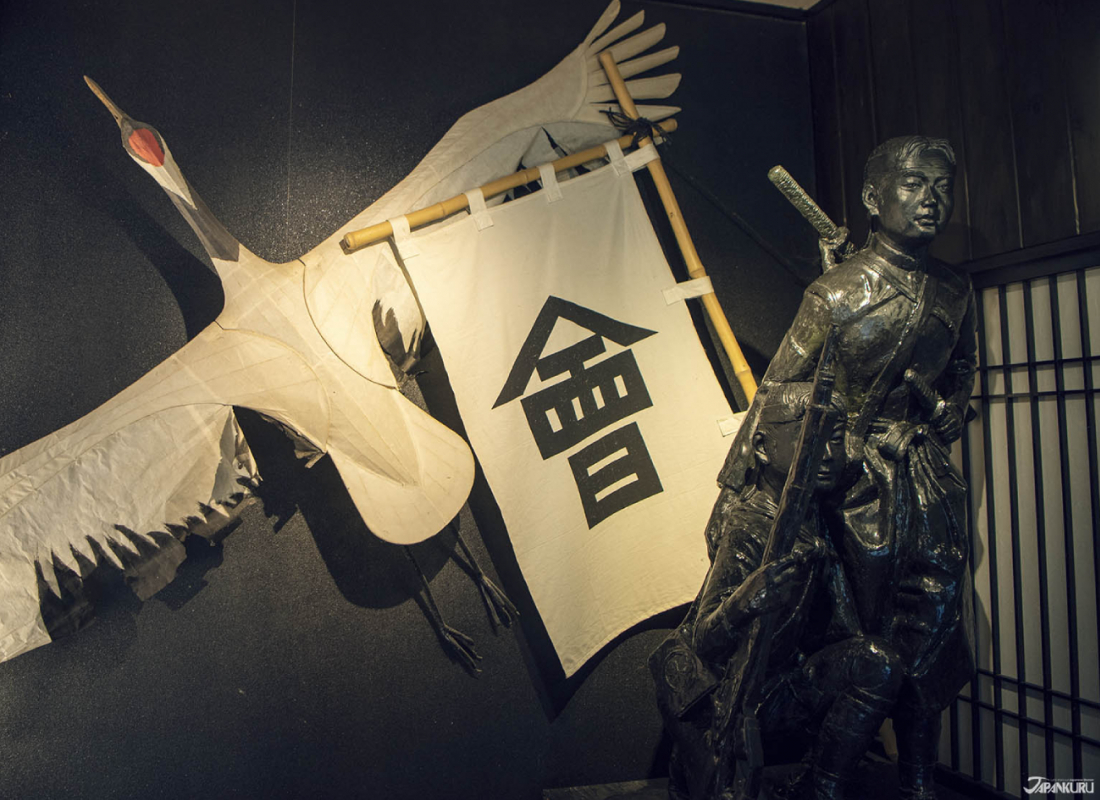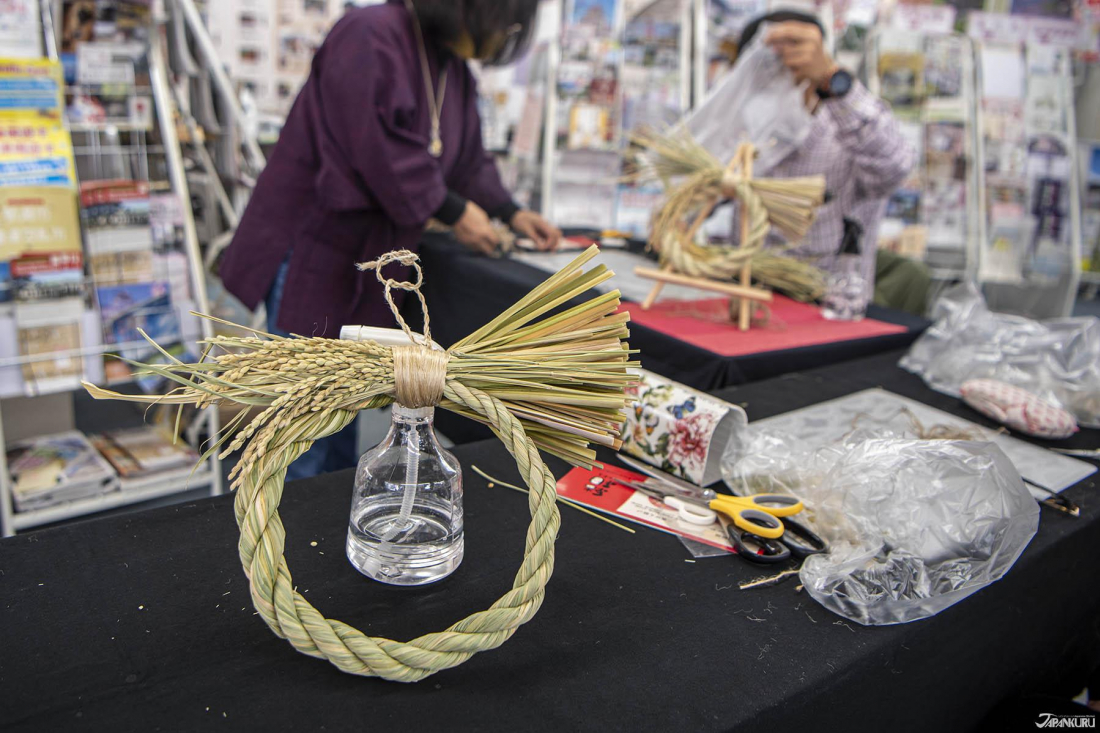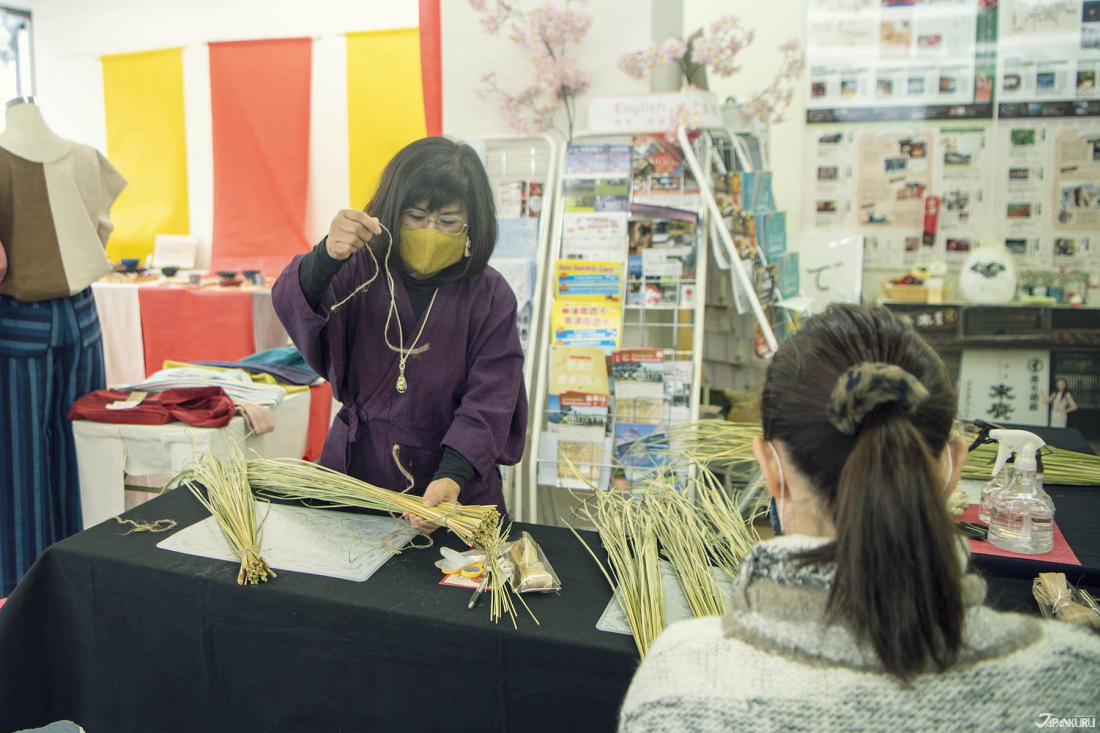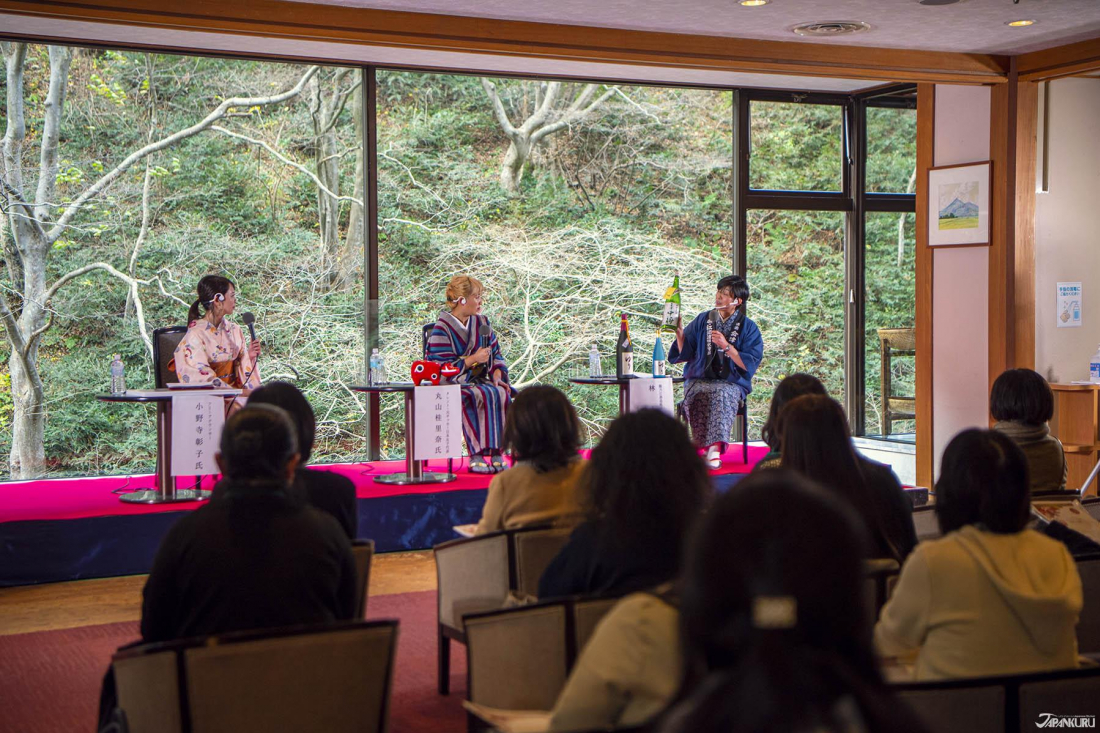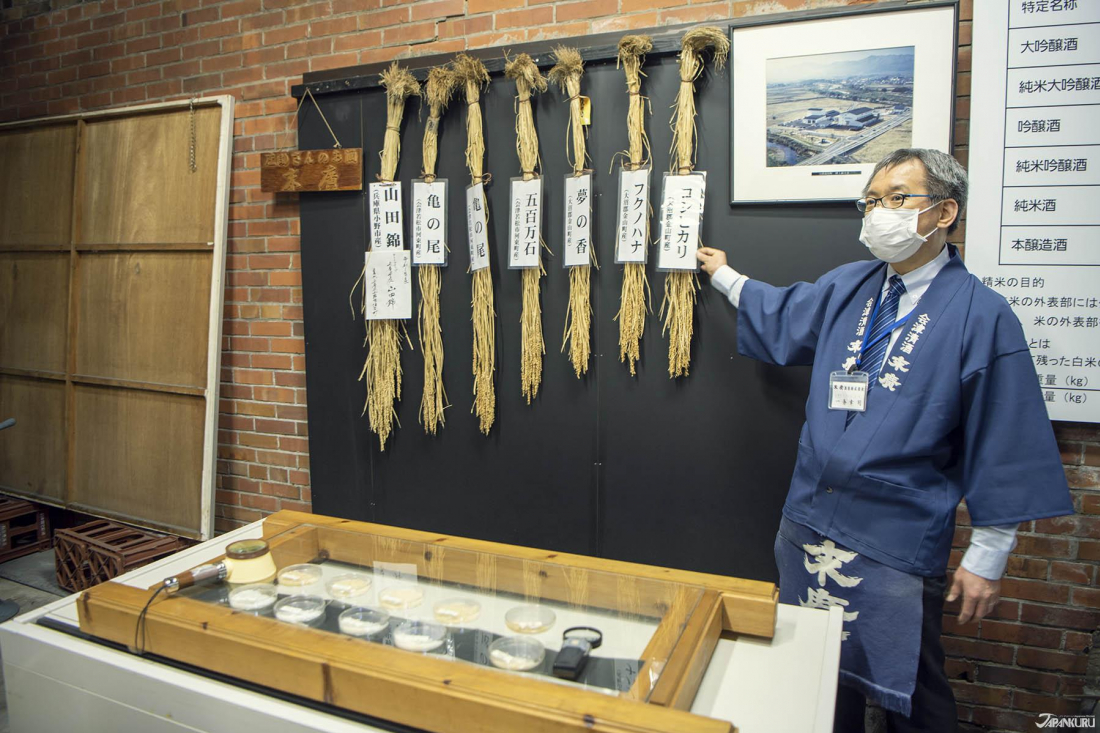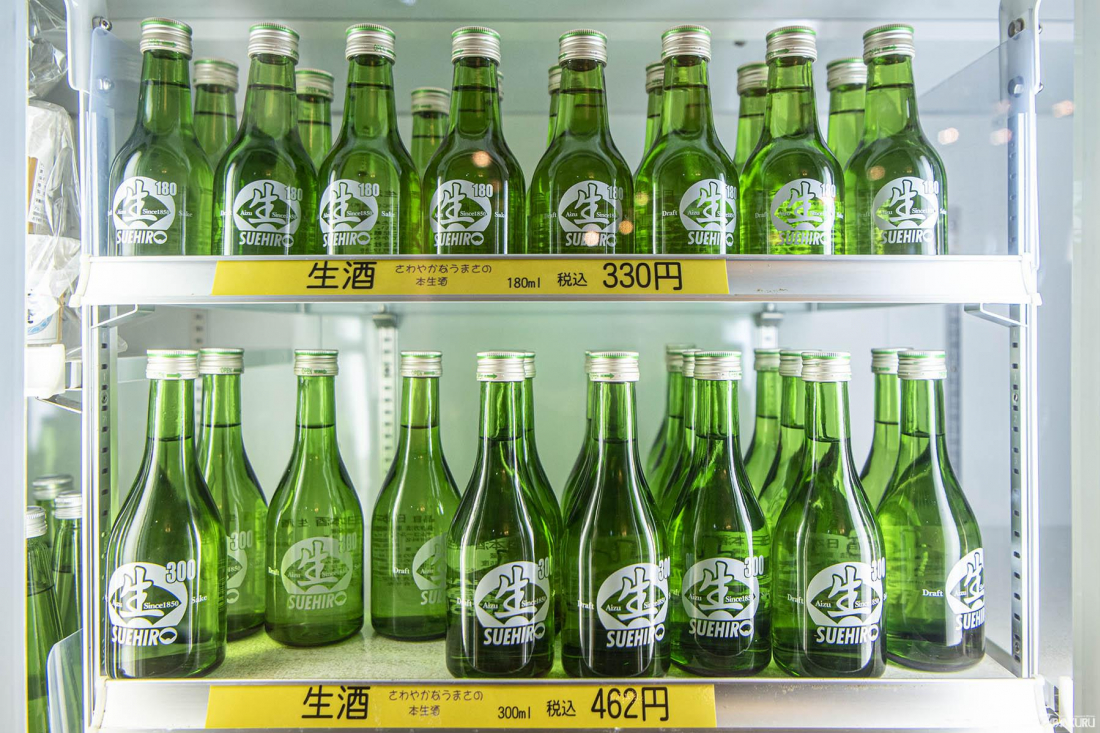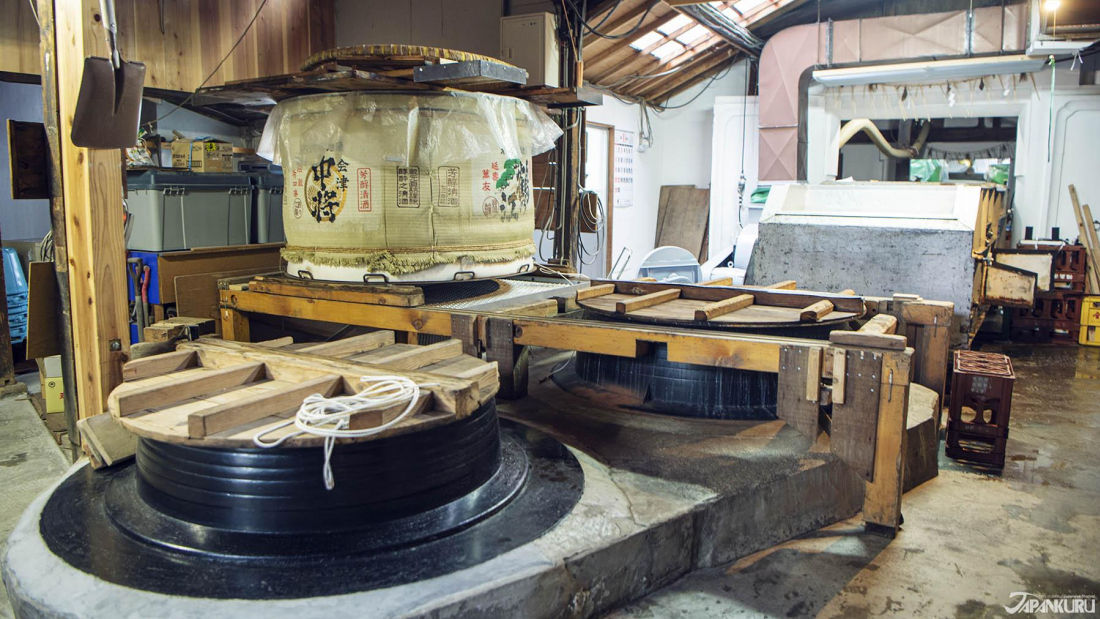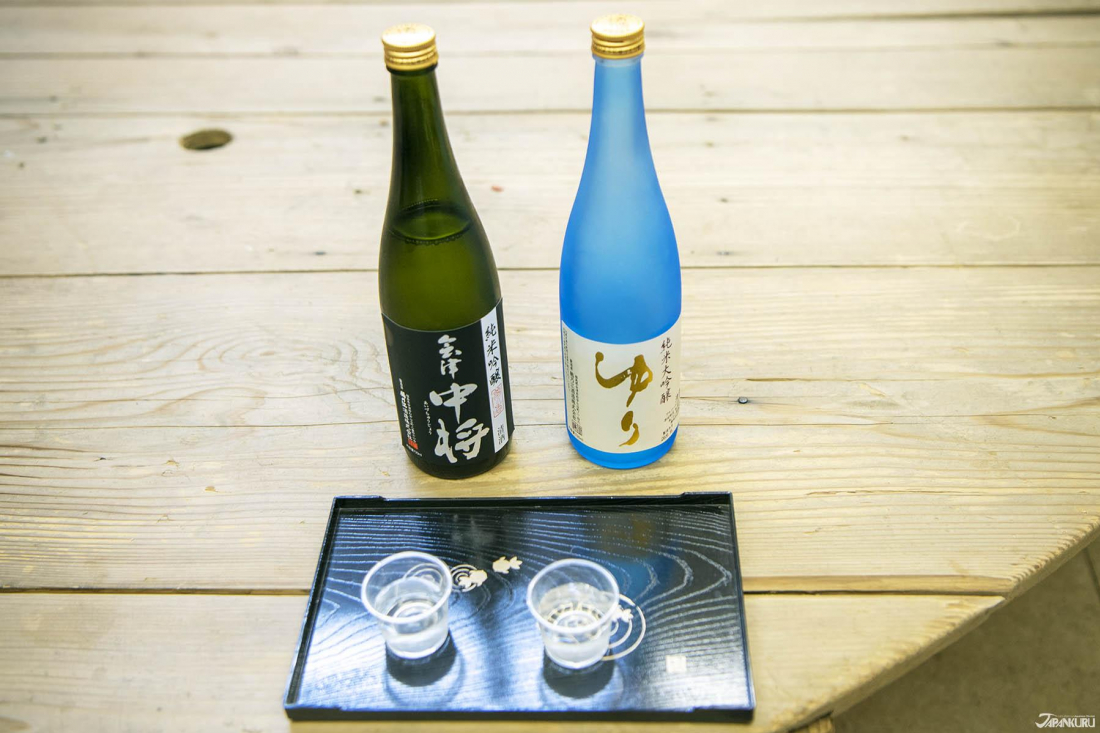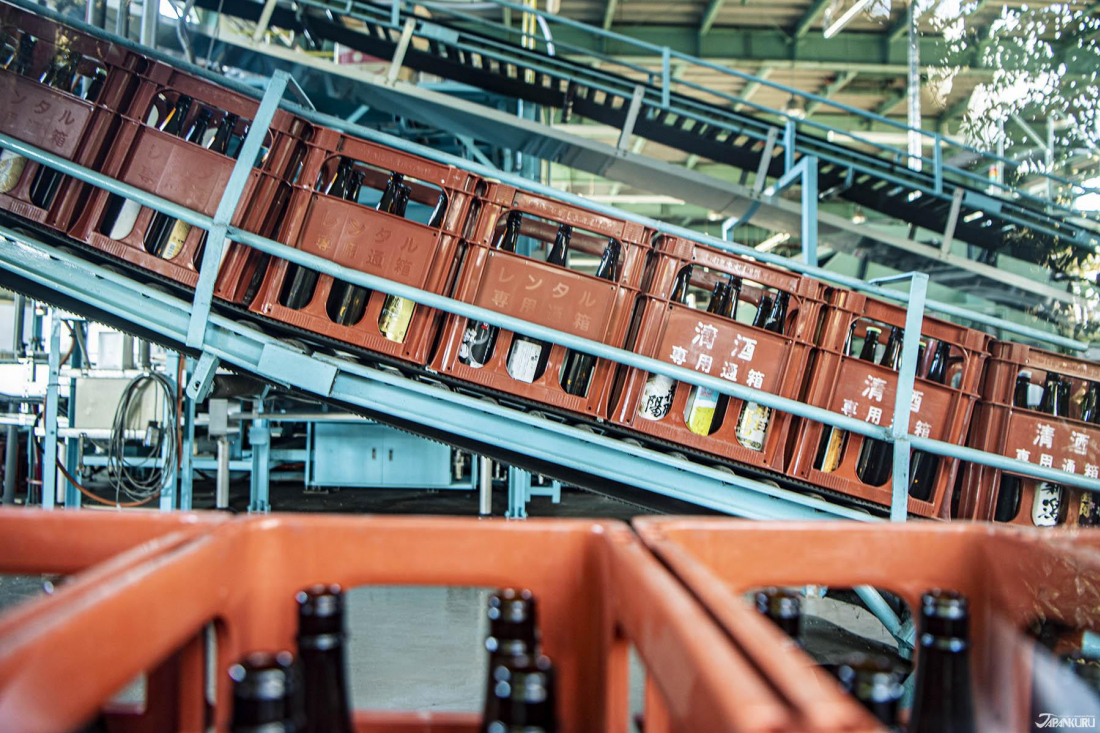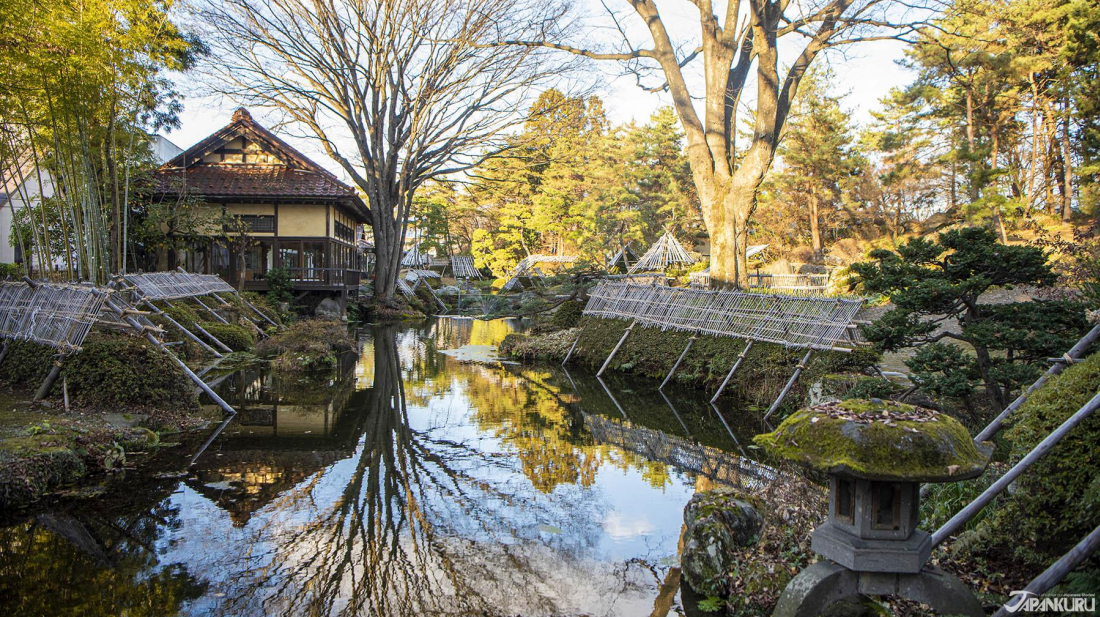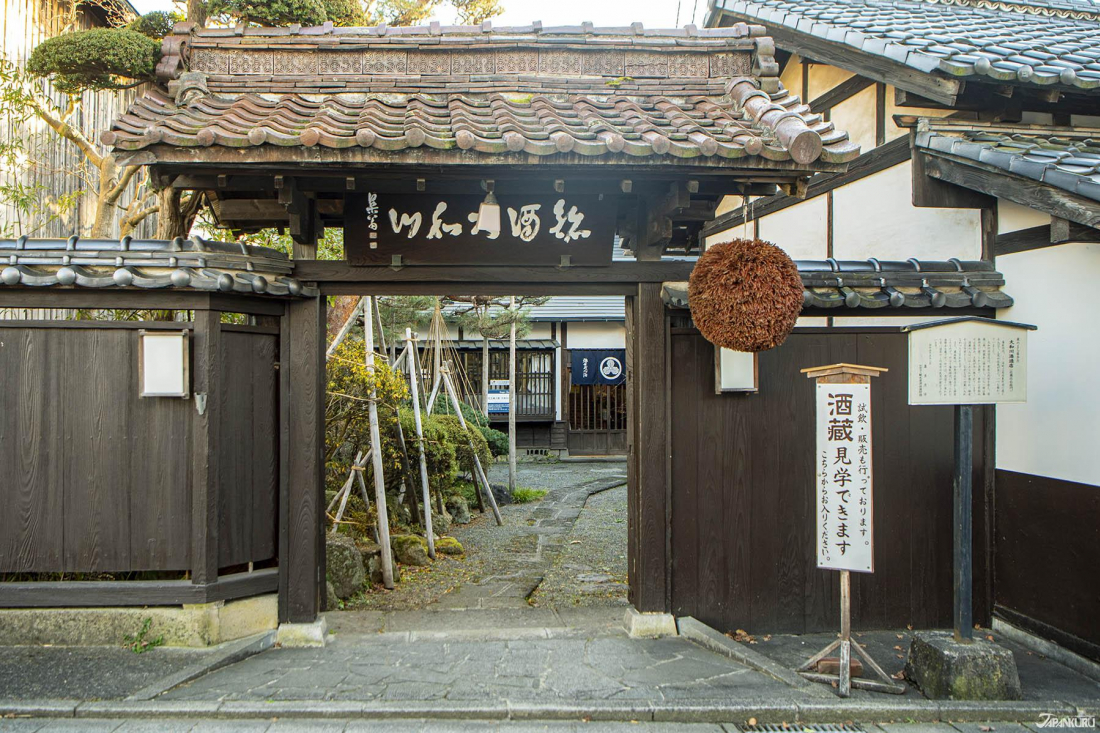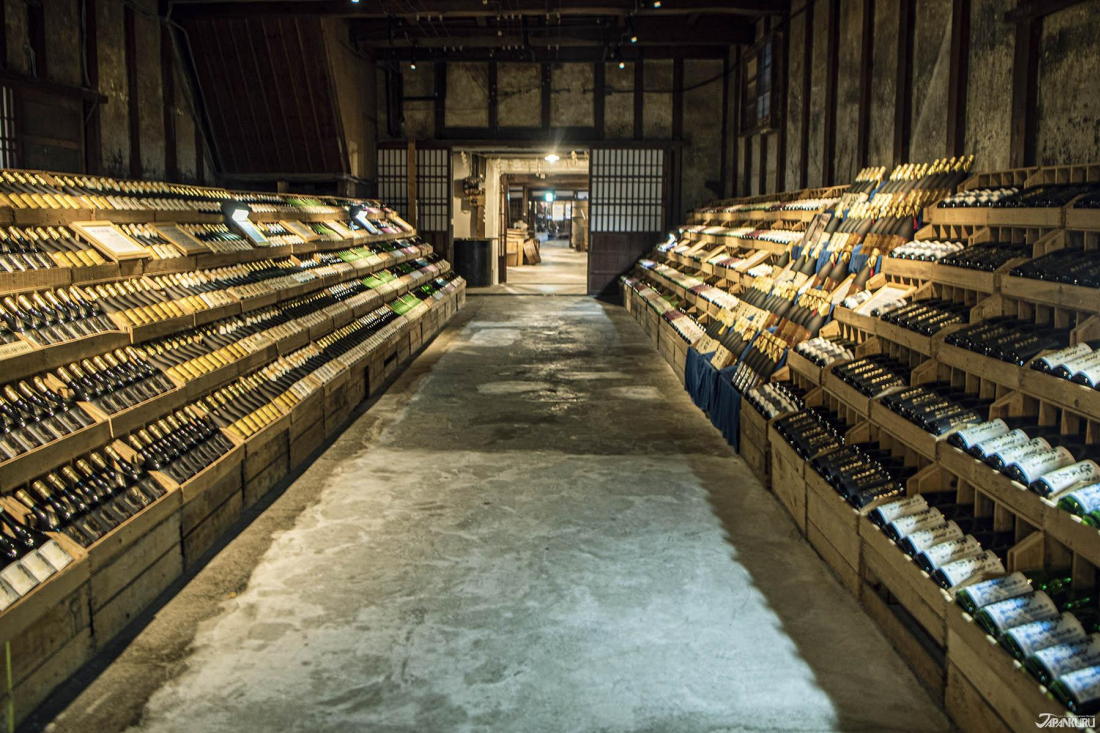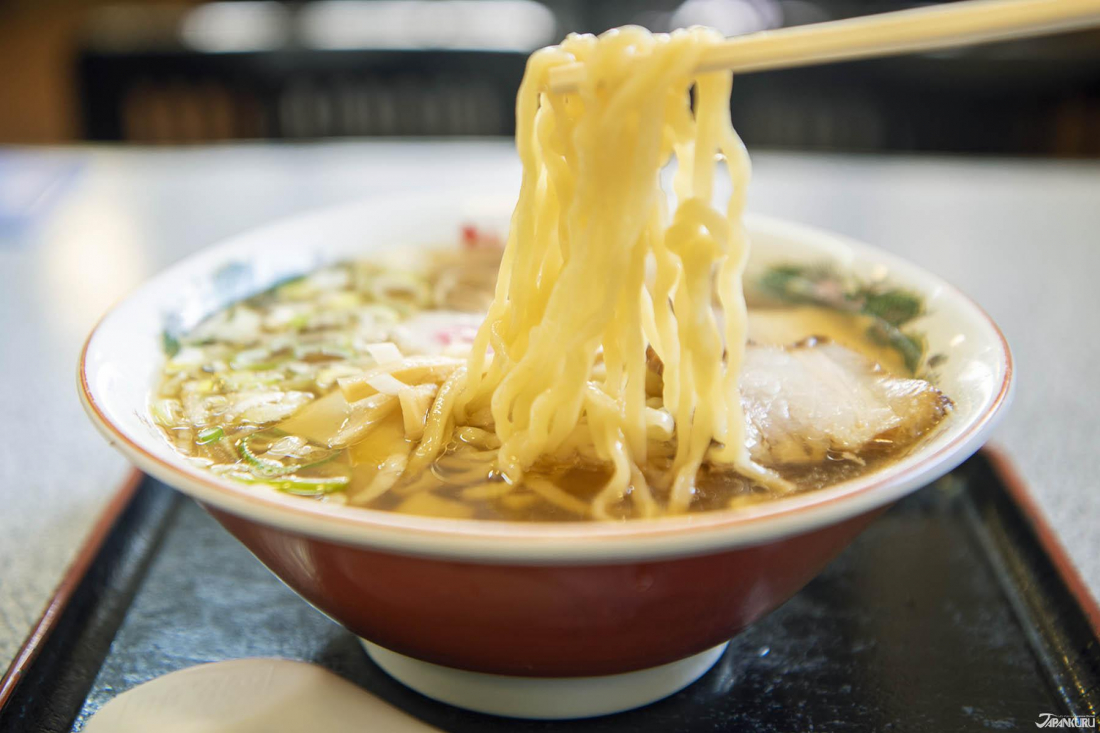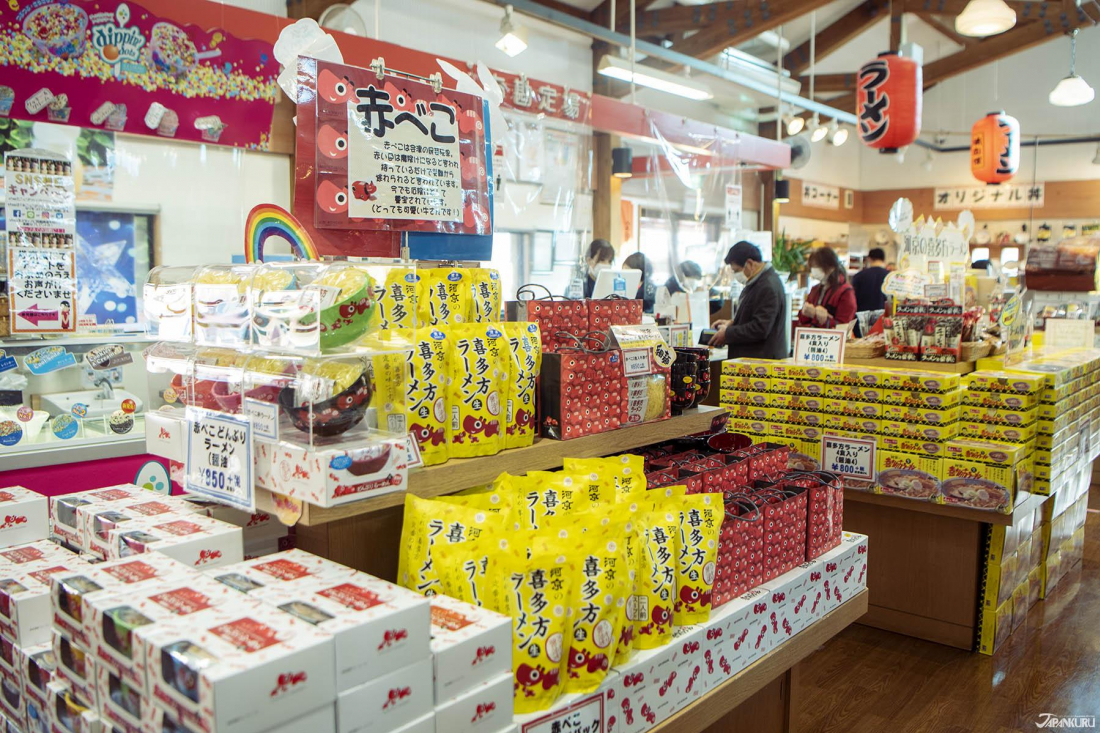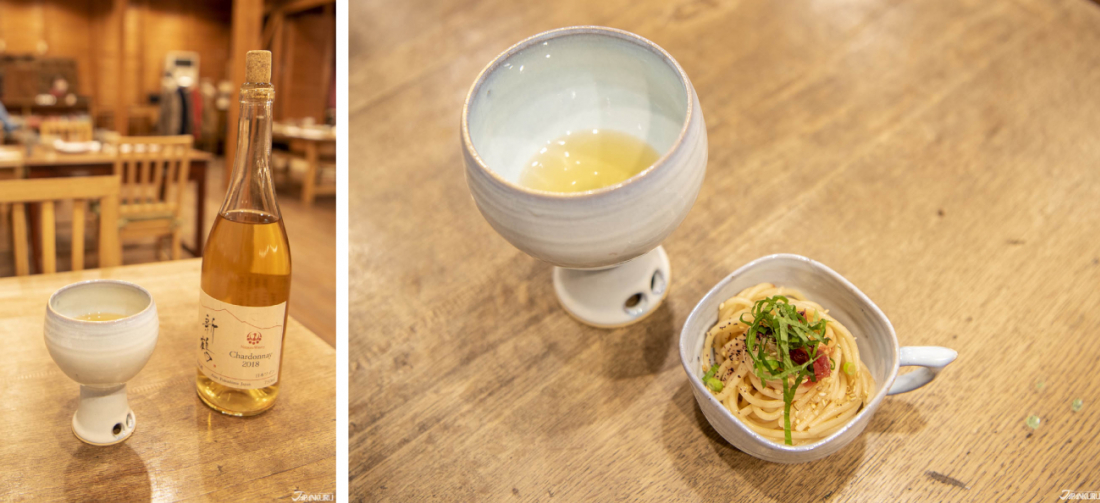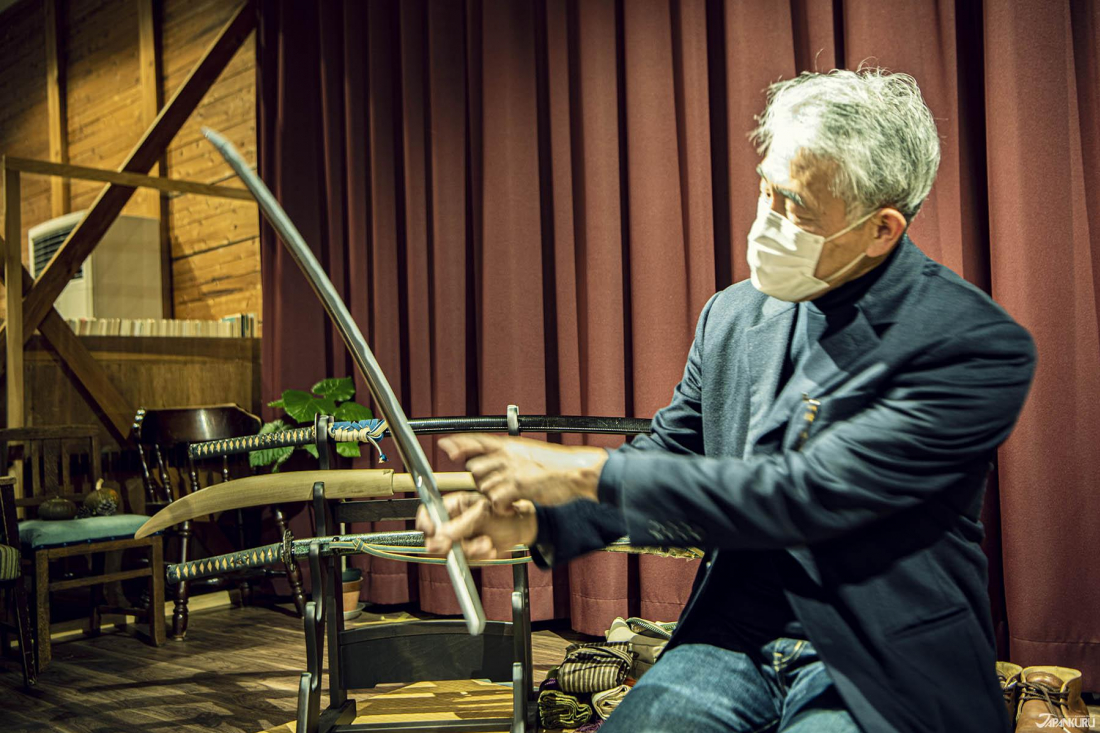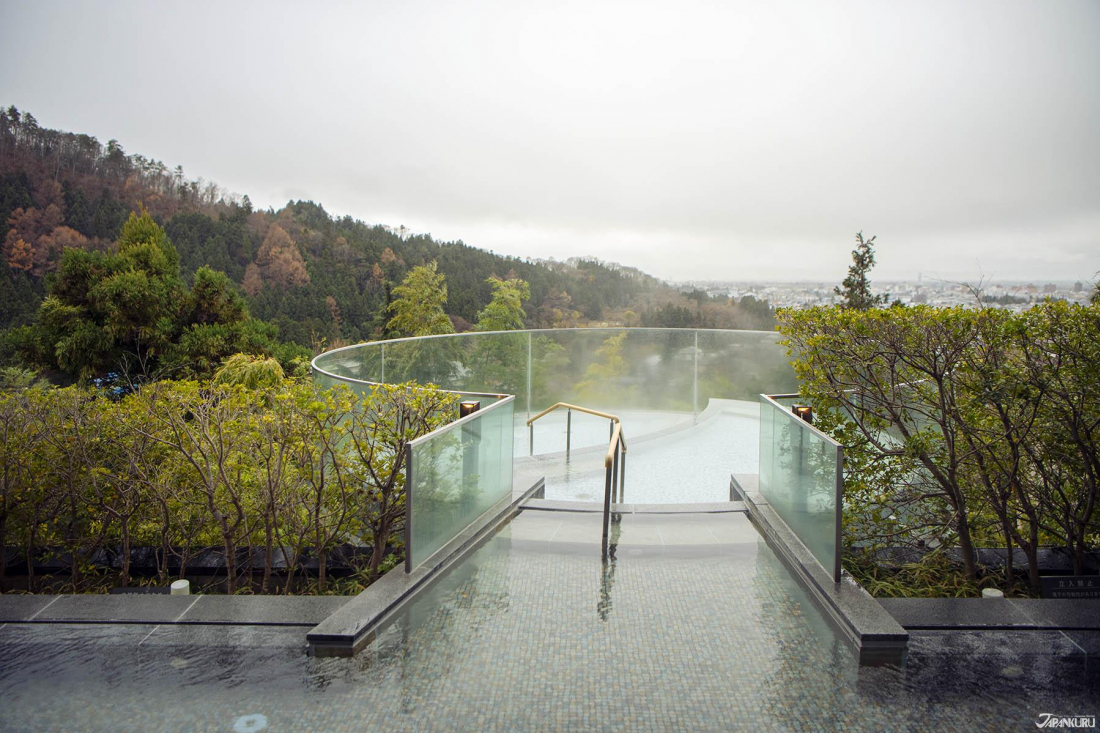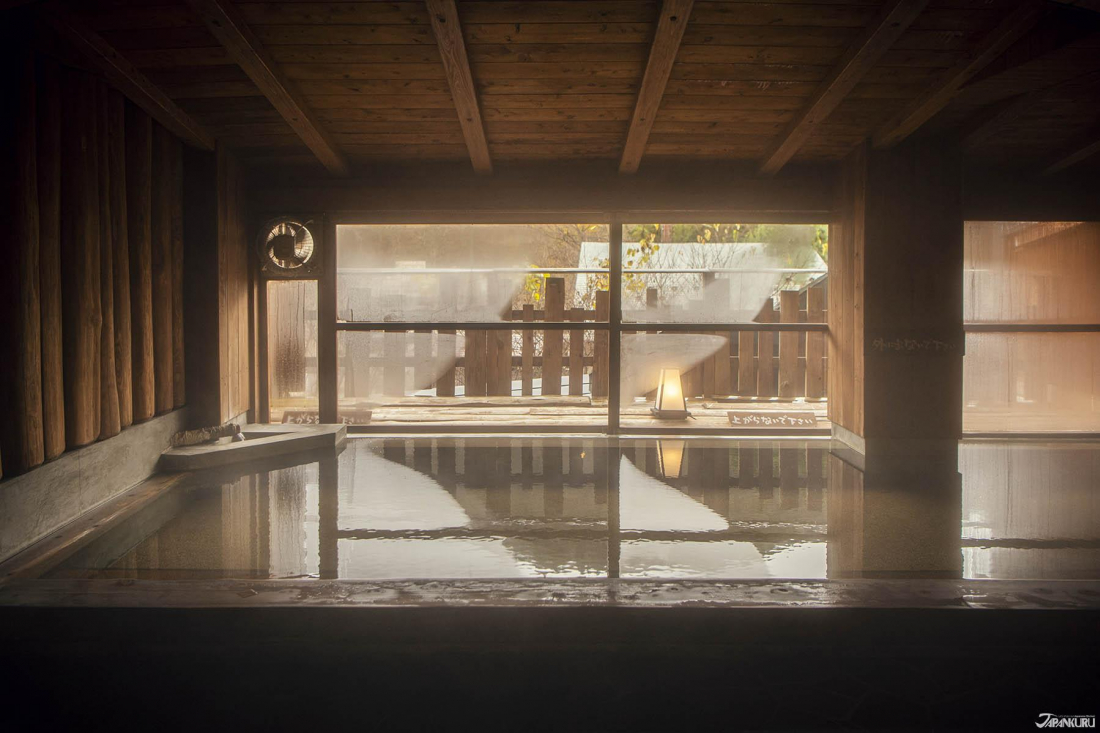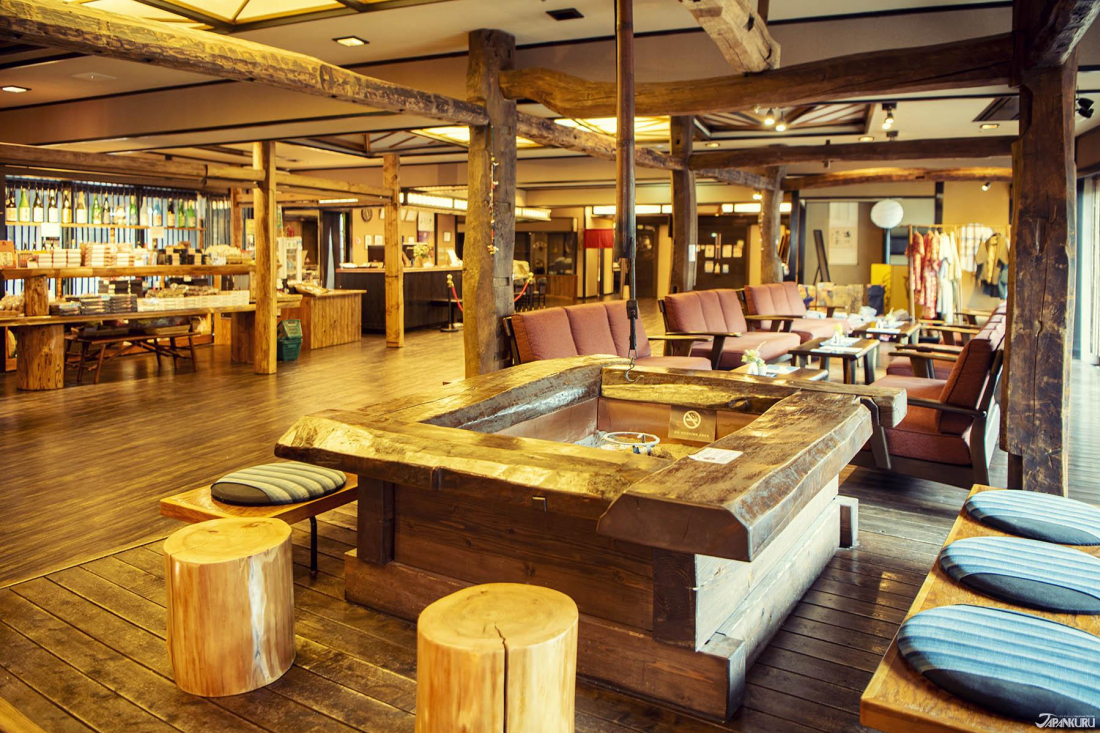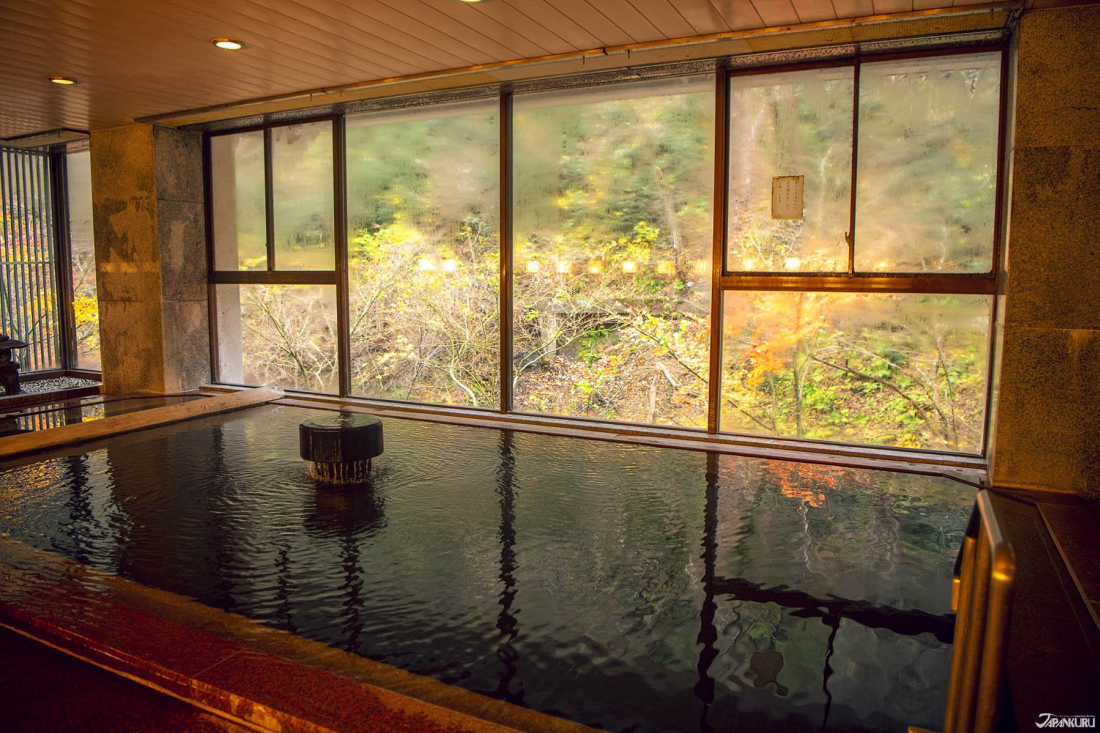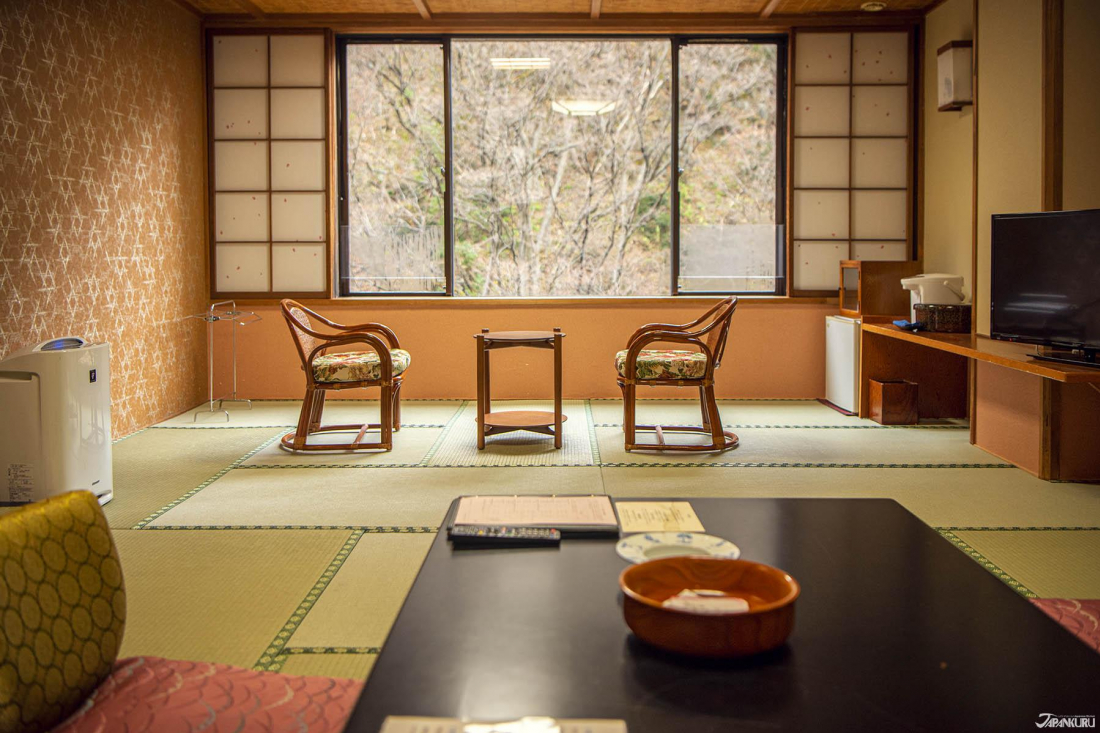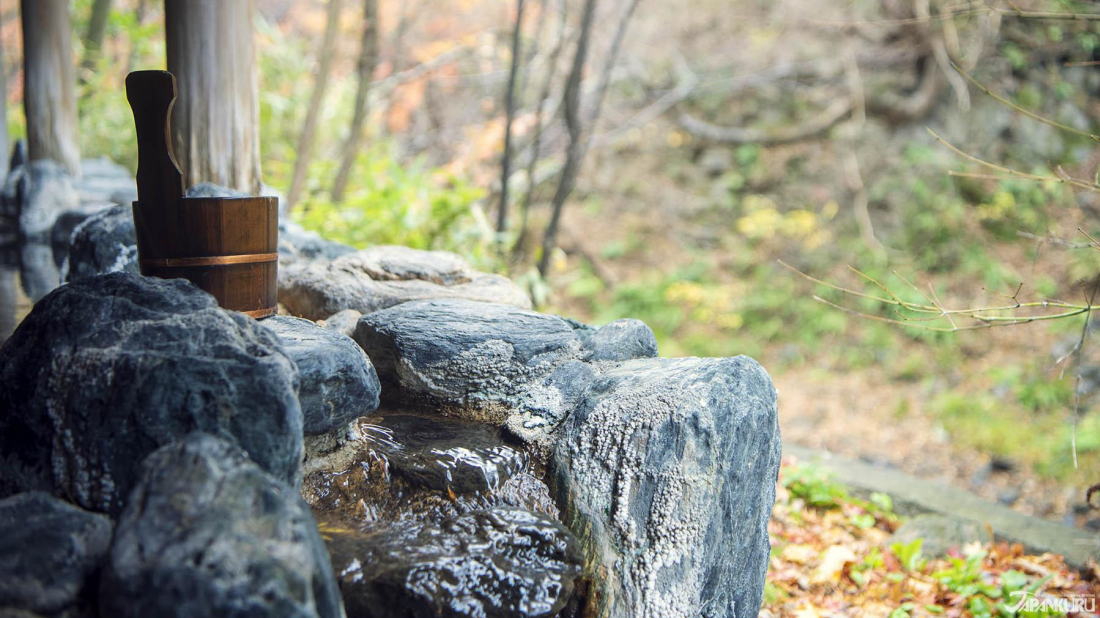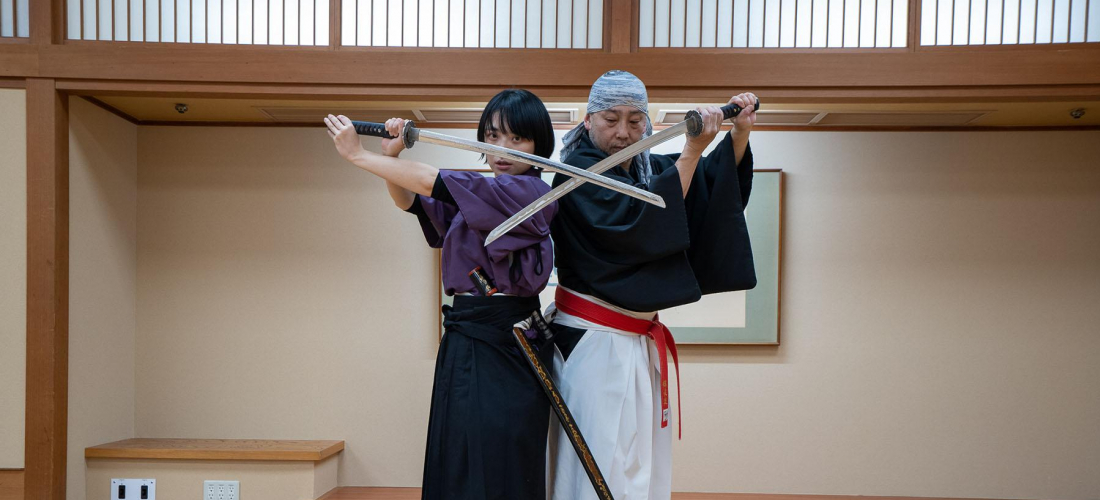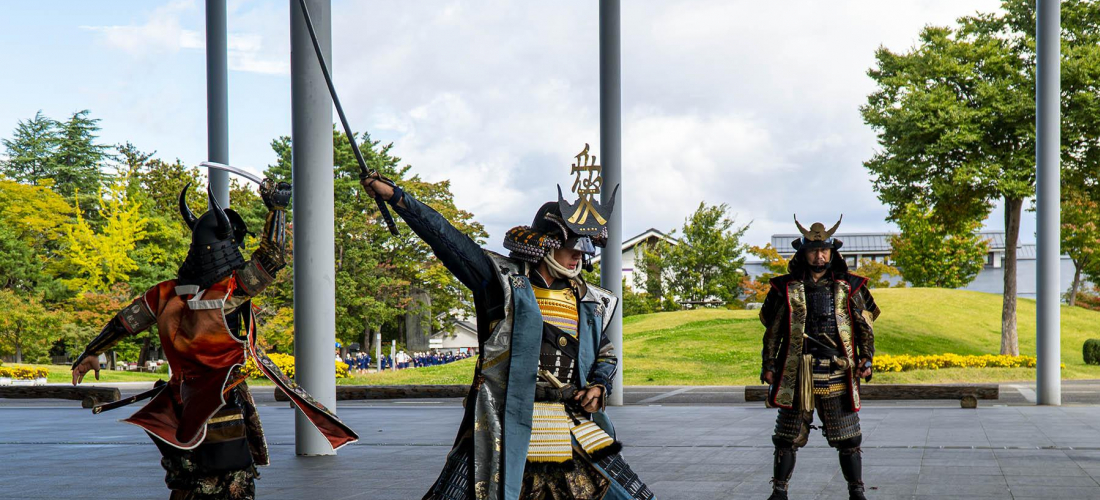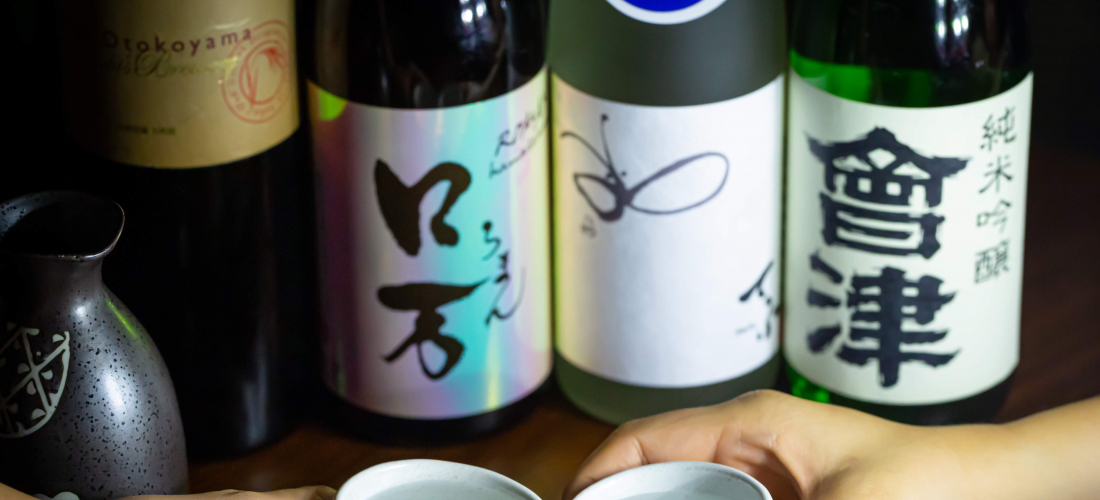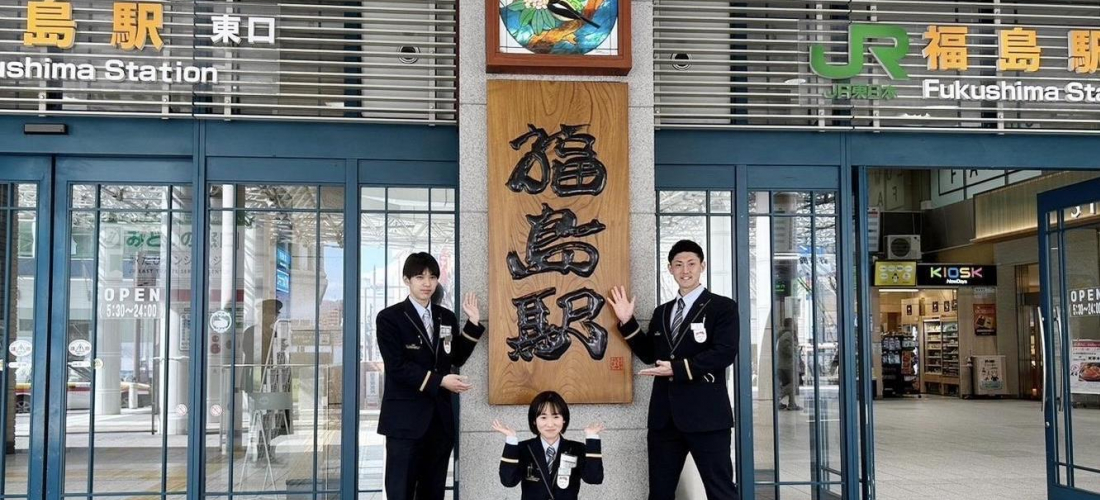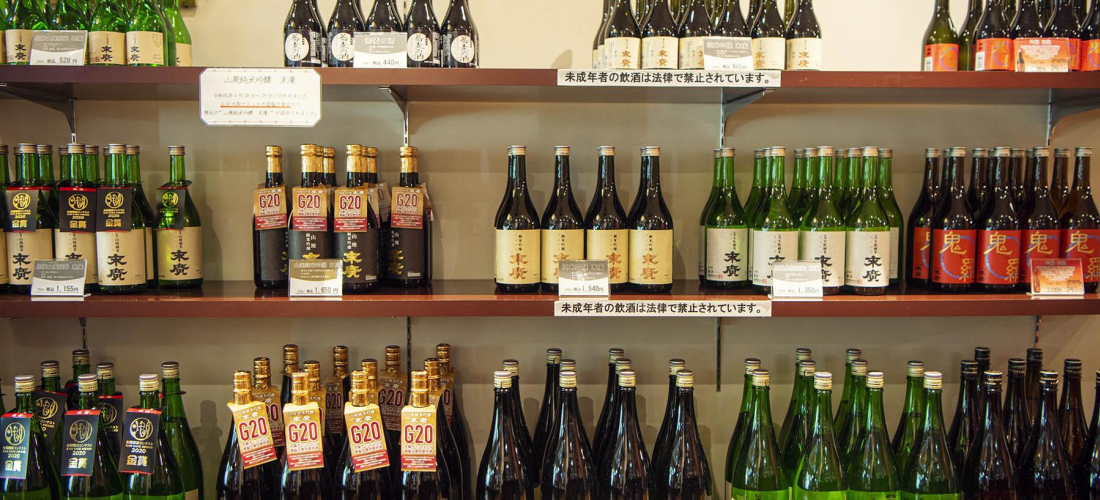
CONTENTS
In the Aizu area of northern Japanese prefecture Fukushima, the Fukushima Expo Fukuhaku 2020 in Aizu took place over the course of a month this fall, from Oct. 31 to Nov. 20. The expo explored history, traditional crafts, and culture in four Aizu areas (Nishiaizu, Aizu-Wakamatsu, Aizumisato, Okuaizu) through events and exhibitions throughout the region, diving deeper into the allure of each area’s traditional culture and local specialties. Read on for just a glimpse of what this major Aizu event had to offer!
Aizu: Just Waiting to Be Explored
The Aizu area (会津地方) is the western-most region of Fukushima Prefecture, a part of Japan that has just about dropped off the map for many tourists. But travelers who underestimate the charms of this region are, without question, missing out on something great. Fukushima as a whole has rebuilt and regrown, and Aizu―a region of volcanos and lakes far from the ocean―has only become more attractive to tourists. The Aizu area is off the beaten path, but friendly locals always give travelers a warm welcome, and the combination of fresh water and fertile land has long made Aizu famous for delicious local food and drink (along with gorgeous natural scenery like Aizumura and the Goshiki-numa Ponds). If you're ready to escape crowded city streets and instead indulge in top-notch nihonshu sake (日本酒), breakfast ramen (!?), and luxurious onsen (温泉, hot springs), then head to Aizu!
Here at Japankuru, we timed our visit to Aizu to coincide with the 2020 "Fukushima Expo Fukuhaku 2020 in Aizu", a cultural event with a lineup of discussions, workshops, and more, to help spread the fun of Aizu culture. After learning more about the area, exploring for ourselves, and tasting quite a bit of good food and drink, we've got some recommendations for your next trip to Japan's north.
History & Traditional Culture
Aizu has a long history and a strong regional identity. It's not just a part of Fukushima―for hundreds of years the "Aizu Domain" (会津藩) of Edo-era Japan was its own region, ruled from Aizuwakamatsu Castle (also known as Tsuruga-jo Castle) as a part of the Tokugawa Shogunate. The castle still remains standing (many times rebuilt and renovated) as a tribute to the past, alongside other historic spots and monuments. Scattered across the city of Aizu-Wakamatsu you'll also find memorials to a 150-year-old tragedy, when 19 samurai under the age of 18 committed seppuku after wrongly guessing that they had been defeated, still remembered today. The people of Aizu clearly still feel connected to local history.
Traditional Shimenawa (しめ縄)
It may surprise you to find that hemp has long been used for spiritual purposes in Japan, and Aizu actually has a history of growing hemp used for things like this "shimenawa". The term shimenawa (しめ縄) refers to Japanese rope made from rice straw and hemp, and used for purification in Japan's traditional Shinto religion. Knowledge of Aizu's connection to hemp, and the importance of these materials, is lost to many modern residents of Japan, but Kumiko Inomata is out to change that. Smiling, patient, and incredibly deft at manipulating hemp fibers and strands of rice straw, Inomata is a craftsperson and a workshop leader who twists these traditional materials into shimenawa and other more decorative Japanese handicrafts. In collaboration with the Fukushima Expo, Inomata led this workshop at iRansho, an Aizu tourism center, teaching the Japankuru team how to make shimenawa, and why they're so meaningful.
Shimenawa can vary in size―Izumo Taisha Shrine maintains an enormous hemp rope that weighs around 5 tons! But instead of worrying about upping the size, Inomata encouraged us to think carefully about each rope of the shimenawa, forging our own paths through the way we twisted the makomo (真菰, wild rice straw) and seima (精麻, processed hemp). We braided the straw together with other workshop participants into the shape of a burdock root (called gobo-jime, ごぼう締め), careful to twist the ropes the right way for both the gods and ourselves, and we each left with our own lovely shimenawa to hang at home and remind us of lovely times in Aizu.
Kumiko Inomata / Yuimaru (ゆいまーる)
Official Website / Workshop Reservations (jp)
Nihonshu Sake, Fresh Water, Fragrant Rice
Generally called "sake" in English, the true name of Japan's much-beloved rice wine is nihonshu (日本酒). Local nihonshu was one of the major themes of the Fukushima Expo Fukuhaku 2020 in Aizu, and through the expo the Japankuru team experienced sake in a variety of ways. Unlike grape wine, nihonshu experts recommend that most varieties of the Japanese drink be enjoyed within a year of production. That means the selection can be limited overseas―export can be a slow process. But in Japan, like wine in France, there are endless varieties of nihonshu. Thanks to high-quality rice crops and fresh, clean water from the mountains running through the region, Fukushima is particularly well-known for its fantastic sake.
Another Fukushima Expo Fukuhaku 2020 in Aizu event, we started our Fukushima sake studies by attending the discussion "Aizu x Liquor Journey" (会津×酒旅). Akiko Onodera led a conversation with local female sake brewer Yuri Hayashi and soccer celebrity Karina Maruyama, exploring the joys of finding new local brews while traveling, and trying them at the source. It wouldn't be a proper trip to a sake brewery if you didn't do a little tasting (generally offered for free), and these three take it literally when they look for a little local flavor! After the lively discussion, we were ready to see some of Aizu's breweries for ourselves, and sample sips of Japan's best nihonshu.
Suehiro Brewery (末廣酒造)
If you're considering touring some of the Aizu area's most beloved sake breweries, we recommend you start with Suehiro. They've been brewing sake for 170 years, and frequently been at the forefront of new nihonshu methods and practices. These days, the main brewery for Suehiro nihonshu is a fairly modern facility, but their original historic brewery is still open, just a kilometer or so from Aizuwakamatsu Castle. While they brew some specialty batches on-site, the beautiful old building they call the "Kaeigura" (嘉永蔵) functions mostly as a museum and specialty shop. If you can speak some Japanese but aren't yet an expert on the nihonshu brewing process, Suehiro's guided tour is a great place to learn, offering lots of interesting tidbits of information.
Japankuru Recommends:
・Yamahai Junmai Ginjo, their classic recipe using ambient yeast.
・Namazake, unpasteurized fresh nihonshu.
Visit Highlights:
The educational tour. Did you know that sake is made out of special rice, and there are visibly different varieties?
Suehiro Brewery (末廣酒造)
Official Website (jp)
Tsurunoe Brewery (鶴乃江酒造)
For a closer look at a traditional, small-scale nihonshu brewery in action, look no further than Tsurunoe―just two blocks away from Suehiro. This little brewery has been in business for 200 years, and they still use traditional hands-on methods and genuine vintage machinery to brew new batches of sake every year. The cozy shop space has brewers passing through going to and from the brewery buildings out back, and you might just recognize one of them―this is where Yuri Hayashi (from the discussion) brews her sake! The small scale of the Tsurunoe Brewery absolutely does not mean that they're a minor player in the world of nihonshu, however. Tsurunoe's nihonshu regularly wins prizes in sake competitions.
Japankuru Recommends:
・Aizu Chujo Junmai Ginjo, Tsurunoe's classic nihonshu.
・Yuri Junmai Daiginjo, a little less sweet than many Aizu nihonshu varieties, and easy to drink. (Yes, it's named after the brewer herself!)
・Amazake, a sweet non-alcoholic version of sake. Amazake can be drunk warm on cold days, and it's popular with kids!
Visit Highlights:
A chance to chat with Yuri Hayashi about Tsurunoe's brewing methods, and their many varieties of sake. (Don't miss the old-fashioned machinery, either!)
Tsurunoe Brewery (鶴乃江酒造)
Official Website (jp)
Homare Brewery (ほまれ酒造)
A little closer to Aizu's northern border is the city of Kitakata, where you'll find the fresh water of the Iide mountain range, and Homare Brewery―a newer addition to the world of Fukushima nihonshu. Kosaku Karahashi founded Homare in 1918 after working as a wholesale rice dealer, a miso maker, and a manufacturer of koji (the mold used in the nihonshu brewing process). Only in business for a little over a century, Homare is still considered young for a brewery! But the brewery has expanded quickly, and the compound that started as old fashioned buildings and Kosaku Karahashi's own house is now a modern factory-like setup with a fashionable shop taking over the traditional home. Homare nihonshu has even won a number of awards from the International Wine Challenge, in their sake category.
Japankuru Recommends:
・Junmai Daiginjo Kiwami, an award-winning nihonshu, in Japan and abroad.
・Chocolat Nigori, a sweet chocolate liqueur made with unrefined nigori-sake for a rich mouthfeel.
Visit Highlights:
The modern industrial facilities, enormous tanks holding enough sake for 250,000 bottles, and the elegant traditional garden (named Unreian) attached to the house-turned-shop―all juxtaposed together in one spot. (Plus, don't miss their vintage sake posters!)
Homare Brewery (ほまれ酒造)
Official Website (jp)
Yamatogawa Brewery (大和川酒造)
Another Kitakata establishment, Yamatogawa Brewery has a longer history than Homare―they've been making nihonshu for 220 years. Since 1990, their main brewing facility has been a larger space further out in the countryside, but that means that visitors can now enjoy the Yamatogawa Hoppo Cultural Pavilion. The building is a beautiful collage of old structures and new additions tacked on throughout the decades, filled with displays of Yamatogawa's sake, a shop and tasting area, plus exhibitions on the tools and methods once used to make nihonshu. A large part of the building is still the original Edo-era structure, with other parts from Japan's Taisho and Showa periods, making it a great place for anyone who loves history or architecture.
Japankuru Recommends:
・Daiginjo Yamada Nishiki, a flagship nihonshu which they describe as "containing the dignity of true premium sake"!
・Junmai Kasumochi Genshu Yaemon, brewed using a traditional secret formula, with a mix of sweet and savory.
Visit Highlights:
Historic buildings from throughout the past 200 years, and a great collection of brewing history.
Yamatogawa Brewery (大和川酒造)
Official Website (jp)
Culinary Experiences, Casual and Gourmet
Kitakata Ramen (喜多方ラーメン)
If you're heading to Kitakata for the nihonshu, you certainly won't want to miss out on Kitakata ramen, one of Japan's "Top Three Ramens." This local recipe is known throughout the country, and here at Japankuru we've sung its praises before! On this trip, we visited local Kitakata ramen joint Tanpopo-tei (たんぽぽ亭), and we were not disappointed. Every bowl is a bomb of intense umami flavor, with delicious slices of chashu pork and menma bamboo shoots complimenting the uniquely crimped noodles. Many varieties of ramen use extremely rich and heavy broths (we're looking at you, Hakata ramen), which is delicious but can really weigh you down. Kitakata's ramen is a little bit lighter, with its clear, savory broth―just watch out if you're on a low-sodium diet!
Tanpopo-tei (たんぽぽ亭)
Tabelog Page
If you're just looking for a tiny taste of Kitakata ramen, or you've fallen so deeply in love with it that you want to take Kitakata ramen home with you, then head next door―next to Tanpopo-tei is the Aizu Kitakata Ramen-kan. Throughout the warmer months of the year they serve small free samples of Kitakata ramen from the stall outside, but if you head inside, it's like entering Kitakata ramen wonderland.
Kitakata ramen DIY kits, Kitakata ramen bowls and chopsticks, Kitakata ramen t-shirts and socks, Kitakata ramen-flavored snacks, Kitakata ramen-flavored candy!! You name it, they got it.
Aizu Kitakata Ramen-kan
Official Website (jp)
Aizu’s Fruit, Vegetables, and Wine
Kitakata ramen is perfect for a quick lunch (it's even quite popular as breakfast!), but the Japankuru team went a little more high-end when it came to dinner, and joined in on one last Fukushima Expo Fukuhaku 2020 in Aizu event. The dinner event was just as described, titled "An evening with Aizu wine served in Aizu Hongo yaki horse riding cups." The same fertile soil and clean water that makes Aizu's rice delicious also produces flavorful fruits and vegetables, with some of the produce officially recognized by the shogunate back in samurai days. In modern times, fruits like persimmon and Japanese ume plum are local specialties, making their way onto classy dinner menus like this one. The grapes grown in Aizu have long been used to make wine, as well, and these days Niitsuru Winery makes Aizu wines and hard ciders.
This meal was made extra special by the inclusion of table settings of Aizu Hongo-yaki pottery, a colorful and varied style. Instead of regular wine glasses, we used traditional Hongo-yaki horse-riding cups to sample chardonnays and a particularly caramelly Steuben rosé.
To add even more Aizu fun to the event, we first heard the story of Gamo Ujisato―a rare Christian figure in Japanese history, said to be the first to drink red wine in Japan. In the late 16th century, Gamo Ujisato was given a castle then called Kurokawa Castle, which he proceeded to rename (Aizu-)Wakamatsu Castle―a name still used today! To get really into the samurai spirit, we even got to see genuine Japanese katana, including a genuine historic dagger once owned by a royal maid.
Niitsuru Winery (新鶴ワイナリー)
Restaurant Hours: 11:00 – 15:00 (regularly open for lunch only)
Official Website (jp)
Hot Springs & Hospitality
After a long day of sake tasting and a few too many Kitakata ramen samples, there's nothing better than a warm bath and a cozy Japanese futon, so it's a good thing that Aizu has its own popular onsen area: Higashiyama Onsen. This hot springs retreat has historically been listed as one of the top three onsen towns of Tohoku (northern Japan), and is said to have been established by the Buddhist monk Gyoki over 1,300 years ago. These days it's a neighborhood in eastern Aizu-Wakamatsu, filled with bathhouses and ryokan hotels. If you're thinking of staying over for a luxurious bath in the natural spring water, here are a few places to try.
Onyado Toho (御宿東鳳)
Onyado Toho is a classic Japanese ryokan, a traditional hotel, but the onsen baths are a modern update on the traditional, styled a little more like 21st-century infinity pools. The two baths look out over the castle city of Aizu-Wakamatsu, with terraced pools styled like hillside rice paddies, and steaming hot water to keep the chill of the wind at bay. Don't miss the steamy sauna room, either, where you can breathe in the sweet smell of warm wood while looking out the window!
The hotel has its own little shop that sells Aizu souvenirs (there's a whole shelf of Fukushima's famous red "akabeko" cow figurines) and convenient amenities, but most notably the shop contains an area dedicated to retro Japanese snacks. If you've been meaning to try Japanese candy that's been popular for half a century, you'll find a good selection!
(The hotel also offers Kitakata ramen as part of breakfast!)
Onyado Toho (御宿東鳳)
Official Website (jp)
Kutsurogijuku Chiyotaki (くつろぎ宿 千代滝)
Like Onyado Toho, Kutsurogijuku Chiyotaki also has an outdoor bath overlooking the city. In fact, Kutsurogijuku Chiyotaki is built high on a hill and the outdoor onsen is on the top floor, meaning it has wonderful views of the mountainside and the city below. But we were just as charmed by the Fumoto-yu bath on a lower floor, which has a tranquil, cozy atmosphere that was described as "so calm it's perfect for meditation." Just make sure you don't stay in the hot water for too long!
After a meditative soak in the baths, Kutsurogijuku Chiyotaki has an impressive selection of 30+ kinds of local Aizu nihonshu at their sake bar, so you can always try one or two from breweries you haven't toured yet.
Kutsurogijuku Chiyotaki (くつろぎ宿 千代滝)
Official Website (jp)
Harataki & Konjakutei (会津東山温泉 原瀧・今昔亭)
Harataki and Konjakutei are a pair of ryokan with slightly different styles, but equally great views of the river running right past the complex. They've also got their own private onsen source! This bath at Harataki has a wall of windows looking out onto the mountainside and the water rushing below, and the outdoor bath below feels like it's right on the river. It's a lovely place to watch the seasons pass―an important Japanese pastime.
With two whole buildings at their disposal, Harataki and Konjakutei offer a variety of rooms in different Japanese styles. Harataki is a bit more convivial and lively, whereas Konjakutei is smaller-scale and made to offer more of a private experience. Wherever you choose to stay, you're likely to have a uniquely Aizu experience!
Harataki & Konjakutei (会津東山温泉 原瀧・今昔亭)
Official Website (jp)
Visiting Aizu
Coming to a close at the end of November, the Fukushima Expo Fukuhaku 2020 in Aizu was declared a roaring success. Through the expo, we traveled Aizu and got to see a little of what makes the region so wonderful, but with so many chances to experience Fukushima's culture in a variety of ways, every one of the Fukushima Expo Fukuhaku 2020 in Aizu events looked like fun.
Japan's northern regions still have that feeling of untouched beauty, with fresh clean water running down from the mountains and steaming hot springs bubbling up from the ground. Aizu takes full advantage of those resources, and the fruits of that labor are clear with just one sip of the local nihonshu (or wine!), or a bite of the incredible food made with local ingredients. Every person we met on our trip to Aizu was incredibly friendly and clearly excited to welcome visitors to the area―so next time you're ready to escape the city and get some fresh air, head up to Aizu and say hello for us!
For more stories from another part of Fukushima, check out our series on Joban-mono, and to see more updates and info from Japan, don't forget to follow Japankuru on twitter, instagram, and facebook!
Details
NAME:Aizu Region, Fukushima (福島県会津地方)
COMMENT
FEATURED MEDIA
VIEW MORE 
A New Tokyo Animal Destination: Relax & Learn About the World’s Animals in Japan
#pr #japankuru #anitouch #anitouchtokyodome #capybara #capybaracafe #animalcafe #tokyotrip #japantrip #카피바라 #애니터치 #아이와가볼만한곳 #도쿄여행 #가족여행 #東京旅遊 #東京親子景點 #日本動物互動體驗 #水豚泡澡 #東京巨蛋城 #เที่ยวญี่ปุ่น2025 #ที่เที่ยวครอบครัว #สวนสัตว์ในร่ม #TokyoDomeCity #anitouchtokyodome

Shohei Ohtani Collab Developed Products & Other Japanese Drugstore Recommendations From Kowa
#pr #japankuru
#kowa #syncronkowa #japanshopping #preworkout #postworkout #tokyoshopping #japantrip #일본쇼핑 #일본이온음료 #오타니 #오타니쇼헤이 #코와 #興和 #日本必買 #日本旅遊 #運動補充能量 #運動飲品 #ช้อปปิ้งญี่ปุ่น #เครื่องดื่มออกกำลังกาย #นักกีฬา #ผลิตภัณฑ์ญี่ปุ่น #อาหารเสริมญี่ปุ่น

도쿄 근교 당일치기 여행 추천! 작은 에도라 불리는 ‘가와고에’
세이부 ‘가와고에 패스(디지털)’ 하나면 편리하게 이동 + 가성비까지 완벽하게! 필름카메라 감성 가득한 레트로 거리 길거리 먹방부터 귀여움 끝판왕 핫플&포토 스폿까지 총집합!
Looking for day trips from Tokyo? Try Kawagoe, AKA Little Edo!
Use the SEIBU KAWAGOE PASS (Digital) for easy, affordable transportation!
Check out the historic streets of Kawagoe for some great street food and plenty of picturesque retro photo ops.
#pr #japankuru #도쿄근교여행 #가와고에 #가와고에패스 #세이부패스 #기모노체험 #가와고에여행 #도쿄여행코스 #도쿄근교당일치기 #세이부가와고에패스
#tokyotrip #kawagoe #tokyodaytrip #seibukawagoepass #kimono #japantrip

Hirakata Park, Osaka: Enjoy the Classic Japanese Theme Park Experience!
#pr #japankuru #hirakatapark #amusementpark #japantrip #osakatrip #familytrip #rollercoaster #retrôvibes #枚方公園 #大阪旅遊 #關西私房景點 #日本親子旅行 #日本遊樂園 #木造雲霄飛車 #히라카타파크 #สวนสนุกฮิราคาตะพาร์ค

🍵Love Matcha? Upgrade Your Matcha Experience With Tsujiri!
・160년 전통 일본 말차 브랜드 츠지리에서 말차 덕후들이 픽한 인기템만 골라봤어요
・抹茶控的天堂!甜點、餅乾、飲品一次滿足,連伴手禮都幫你列好清單了
・ส่องมัทฉะสุดฮิต พร้อมพาเที่ยวร้านดังในอุจิ เกียวโต
#pr #japankuru #matcha #matchalover #uji #kyoto #japantrip #ujimatcha #matchalatte #matchasweets #tsujiri #말차 #말차덕후 #츠지리 #교토여행 #말차라떼 #辻利抹茶 #抹茶控 #日本抹茶 #宇治 #宇治抹茶 #日本伴手禮 #抹茶拿鐵 #抹茶甜點 #มัทฉะ #ของฝากญี่ปุ่น #ชาเขียวญี่ปุ่น #ซึจิริ #เกียวโต

・What Is Nenaito? And How Does This Sleep Care Supplement Work?
・你的睡眠保健品——認識「睡眠茶氨酸錠」
・수면 케어 서플리먼트 ‘네나이토’란?
・ผลิตภัณฑ์เสริมอาหารดูแลการนอน “Nenaito(ネナイト)” คืออะไร?
#pr #japankuru #sleepcare #japanshopping #nenaito #sleepsupplement #asahi #睡眠茶氨酸錠 #睡眠保健 #朝日 #l茶胺酸 #日本藥妝 #日本必買 #일본쇼핑 #수면 #건강하자 #네나이토 #일본영양제 #อาหารเสริมญี่ปุ่น #ช้อปปิ้งญี่ปุ่น #ร้านขายยาญี่ปุ่น #ดูแลตัวเองก่อนนอน #อาซาฮิ

Japanese Drugstore Must-Buys! Essential Items from Hisamitsu® Pharmaceutical
#PR #japankuru #hisamitsu #salonpas #feitas #hisamitsupharmaceutical #japanshopping #tokyoshopping #traveltips #japanhaul #japantrip #japantravel

Whether you grew up with Dragon Ball or you just fell in love with Dragon Ball DAIMA, you'll like the newest JINS collab. Shop this limited-edition Dragon Ball accessory collection to find some of the best Dragon Ball merchandise in Japan!
>> Find out more at Japankuru.com! (link in bio)
#japankuru #dragonball #dragonballdaima #animecollab #japanshopping #jins #japaneseglasses #japantravel #animemerch #pr

This month, Japankuru teamed up with @official_korekoko to invite three influencers (originally from Thailand, China, and Taiwan) on a trip to Yokohama. Check out the article (in Chinese) on Japankuru.com for all of their travel tips and photography hints - and look forward to more cool collaborations coming soon!
【橫濱夜散策 x 教你怎麼拍出網美照 📸✨】
每次來日本玩,是不是都會先找旅日網紅的推薦清單?
這次,我們邀請擁有日本豐富旅遊經驗的🇹🇭泰國、🇨🇳中國、🇹🇼台灣網紅,帶你走進夜晚的橫濱!從玩樂路線到拍照技巧,教你怎麼拍出最美的夜景照。那些熟悉的景點,換個視角說不定會有新發現~快跟他們一起出發吧!
#japankuru #橫濱紅磚倉庫 #汽車道 #中華街 #yokohama #japankuru #橫濱紅磚倉庫 #汽車道 #中華街 #yokohama #yokohamaredbrickwarehouse #yokohamachinatown

If you’re a fan of Vivienne Westwood's Japanese designs, and you’re looking forward to shopping in Harajuku this summer, we’ve got important news for you. Vivienne Westwood RED LABEL Laforet Harajuku is now closed for renovations - but the grand reopening is scheduled for July!
>> Find out more at Japankuru.com! (link in bio)
#japankuru #viviennewestwood #harajuku #omotesando #viviennewestwoodredlabel #viviennewestwoodjapan #비비안웨스트우드 #오모테산도 #하라주쿠 #日本購物 #薇薇安魏斯伍德 #日本時尚 #原宿 #表參道 #japantrip #japanshopping #pr

Ready to see TeamLab in Kyoto!? At TeamLab Biovortex Kyoto, the collective is taking their acclaimed immersive art and bringing it to Japan's ancient capital. We can't wait to see it for ourselves this autumn!
>> Find out more at Japankuru.com! (link in bio)
#japankuru #teamlab #teamlabbiovortex #kyoto #kyototrip #japantravel #artnews
Photos courtesy of teamLab, Exhibition view of teamLab Biovortex Kyoto, 2025, Kyoto ® teamLab, courtesy Pace Gallery

Japanese Makeup Shopping • A Trip to Kamakura & Enoshima With Canmake’s Cool-Toned Summer Makeup
#pr #canmake #enoshima #enoden #에노시마 #캔메이크 #japanesemakeup #japanesecosmetics

⚔️The Robot Restaurant is gone, but the Samurai Restaurant is here to take its place. Check it out, and don't forget your coupon!
🍣신주쿠의 명소 로봇 레스토랑이 사무라이 레스토랑으로 부활! 절찬 쿠폰 발급중
💃18歲以上才能入場的歌舞秀,和你想的不一樣!拿好優惠券去看看~
#tokyo #shinjuku #samurairestaurant #robotrestaurant #tokyotrip #도쿄여행 #신주쿠 #사무라이레스토랑 #이색체험 #할인이벤트 #歌舞伎町 #東京景點 #武士餐廳 #日本表演 #日本文化體驗 #japankuru #japantrip #japantravel #japanlovers #japan_of_insta

Japanese appliance & electronics shopping with our KOJIMA x BicCamera coupon!
用JAPANKURU的KOJIMA x BicCamera優惠券買這些正好❤️
코지마 x 빅 카메라 쿠폰으로 일본 가전 제품 쇼핑하기
#pr #japankuru #japanshopping #kojima #biccamera #japaneseskincare #yaman #dji #osmopocket3 #skincaredevice #日本購物 #美容儀 #相機 #雅萌 #日本家電 #일본여행 #면세 #여행꿀팁 #일본쇼핑리스트 #쿠폰 #일본쇼핑 #일본브랜드 #할인 #코지마 #빅카메라 #japankurucoupon

